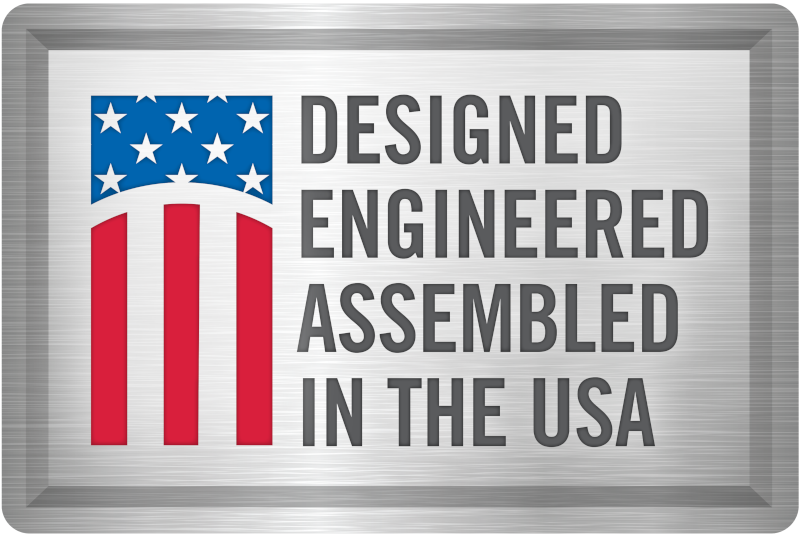Clearing the Air about Proper Classroom Ventilation
Re-opening schools to in-person learning in the wake of the COVID-19 pandemic is challenging. The risk of infection spreading is much higher in poorly ventilated indoor spaces. School administrators have to consider the most cost-effective way to meet new ventilation requirements to keep children safe.
Proper ventilation matters, and the most effective, long-term solution is through the installation of ventilation products specifically designed to improve air quality in classrooms. According to the World Health Organization (WHO):
Heating, ventilation and air-conditioning (HVAC) systems are used to maintain indoor air temperature and humidity at healthy and comfortable levels. A well-maintained and operated system can reduce the spread of COVID-19 in indoor spaces by increasing the rate of air change, reducing air recirculation and increasing the amount of outdoor air coming in. Settings that recirculate the air should not be used. HVAC systems should always be regularly inspected, maintained, and cleaned.
What is proper ventilation?
Back in the day, with fossil fuel prices running rampant, it made sense to emphasize energy efficiency in school buildings. Architects and designers had a great idea to solve that: Just seal up everything, so no air would leak out or creep into the buildings.

It made great sense at the time, but with no way for fresh outdoor air to be brought inside classrooms, bad air quality started hurting student performance. Even without the threat of COVID-19 being more easily transmitted in small, enclosed space, no student wants to stay in a stuffy sealed room with no fresh air and humidity problems. It’s more than just an issue of personal comfort, kids can’t concentrate in those conditions. The science is simple: Too much carbon dioxide in a room translates into underperforming students.

But proper ventilation brings its own problems, without the right HVAC equipment. On average, the minimum ventilation requirement is about 15 cubic feet of fresh air per person per minute (CFM).

One way to think about a cubic foot of fresh air is by thinking of box that would fit a basketball inside. Now think of moving 15 of those boxes a minute.
That is what the ventilation system in the classroom needs to do
In a classroom with 30 students, this means school’s HVAC equipment would be moving 27,000 CFM of outside air per hour per classroom.
That is 27,000 boxes per hour per classroom.


